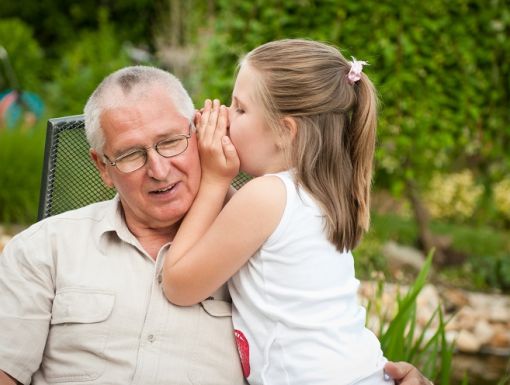
Excessive Ear Wax? Here's What You Should and Shouldn’t Do
Earwax, or cerumen as it’s scientifically known, often gets a bad reputation. Many people see it as something dirty that needs to be removed regularly. But the truth is, earwax plays an important and protective role in your ear health.
What is the proper way to clean your ears? The short answer for most people: you don’t need to clean your ears at all. The ear, like the eye, is a self-cleaning and -maintaining organ that does not require routine cleaning.
What is earwax?
Earwax is a combination of secretions from glands in the skin of the outer ear canal, mixed with dead skin cells and tiny hairs. While it might seem unappealing, its presence keeps your ears healthy by:
- Natural protection: Earwax acts as a barrier, protecting the ear canal from dirt, bacteria and other harmful particles.
- Lubrication: It prevents your ear canal from becoming dry and itchy.
- pH balance: By maintaining the appropriate pH level, earwax helps keep your ears healthy.
Generally, your ears are self-cleaning, and your body is designed to manage earwax naturally. Movements like chewing and talking help push excess earwax out of the ear canal. For most people, routine cleaning of the ears is simply not necessary.
When is earwax a problem?
Sometimes, earwax can build up and cause a blockage. This condition, called cerumen impaction, prevents the natural process of earwax expulsion and can lead to several symptoms, such as:
- Hearing loss
- Tinnitus (ringing in the ear)
- A feeling of fullness or pressure
- Ear pain
- Dizziness or imbalance
- Unusual odor or discharge from the ear
What increases your likelihood of developing excessive earwax?
Frequent use of hearing aids or earplugs, having a narrow or uniquely shaped ear canal or being an older adult, particularly those with developmental disabilities. The shape of your ear canal may also make the natural removal of wax difficult. Individuals at high risk (e.g., hearing aid users) should consider seeing a clinician every 6-12 months for routine cleaning.
Should ear wax be removed?
For most people, routine ear cleaning or home removal of cerumen is unnecessary and can be harmful. Attempts to remove wax at home often push it deeper into the canal, increasing the risk of impaction or injury.
The American Academy of Family Physicians (AAFP) recommends against using cotton swabs or any objects in the ear canal, as these can lead to abrasions, infection or even a ruptured eardrum.
How can I safely remove earwax?
If you're experiencing symptoms of impaction, you can try safe, gentle methods at home or call your doctor. Some effective and gentle options include:
- Warm washcloth: Wipe the outer ear gently with a warm, damp cloth. Avoid inserting objects into the ear canal.
- Over-the-counter earwax softeners: Products containing mineral oil, baby oil, saline or hydrogen peroxide can soften the wax, making it easier to remove naturally. Follow these steps:
- Lie on your side with the affected ear facing up.
- Add the drops as directed and allow the solution to sit for the specified time, softening the wax.
- Sit up. Use a tissue to catch the wax and liquid as they exit your ear.
When should I avoid removing earwax at home?
Do not attempt to self-irrigate or use ear drops if you have:
- A weakened immune system
- Diabetes
- A history of ear surgery or a perforated eardrum
- Tubes in the ears
- Chronic ear infections
In these cases, consult your physician or an Ear, Nose, Throat (ENT) specialist for professional removal.
What should I not do to remove earwax?
While it may be tempting to take matters into your own hands, certain methods can do more harm than good:
- Cotton swabs/Q-tips or powered “jet” irrigators These often push wax further into the canal, increasing the risk of impaction, outer ear infection, ear itching or trauma (including hearing loss) to the ear canal, ear drum or middle ear.
- Bobby pins, keys or similar objects: These can scratch or rupture the ear canal or eardrum.
- Ear candles: This unsafe and unproven method involves placing a lit, hollow candle in the ear. It can result in burns, ear canal blockage from candle wax, or serious injury.
The American Acadamy of Otolaryngology - Head and Neck Surgery (AAO-HNS) strongly advises against ear candling due to its risks and lack of proven benefit.
Earwax is not dirty; it’s a natural part of your body's defense system. For most people, no special cleaning is needed. When earwax does cause symptoms, gentle home treatments or professional care is the safest approach.
If you’re experiencing any symptoms of earwax impaction or have questions about your ear health, reach out to your physician or an ENT specialist today.

